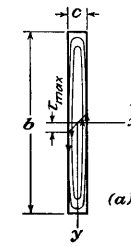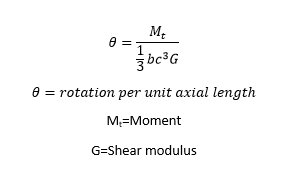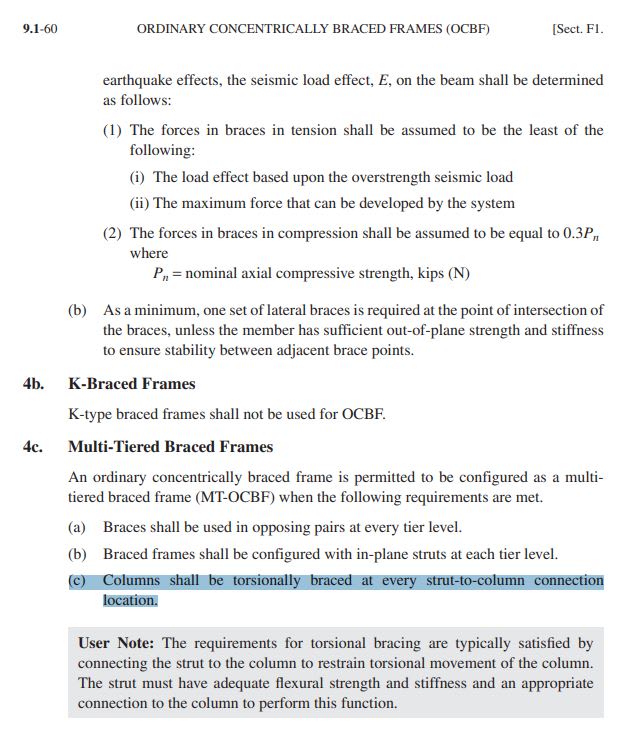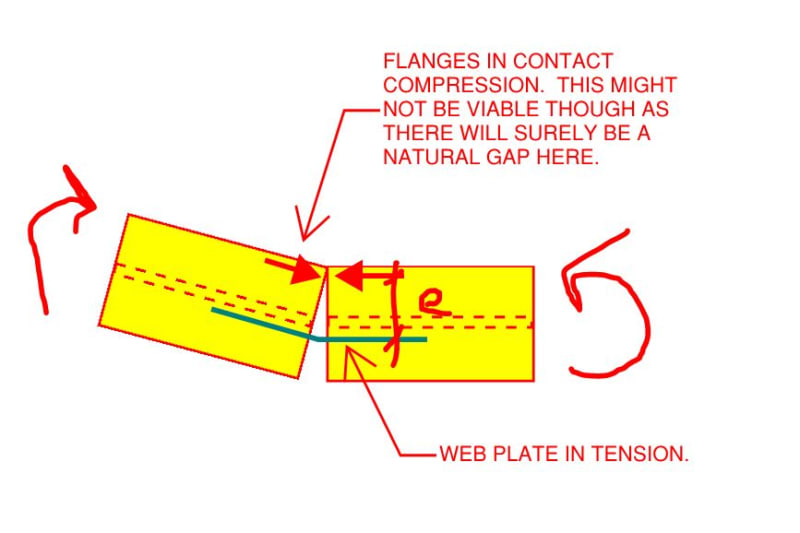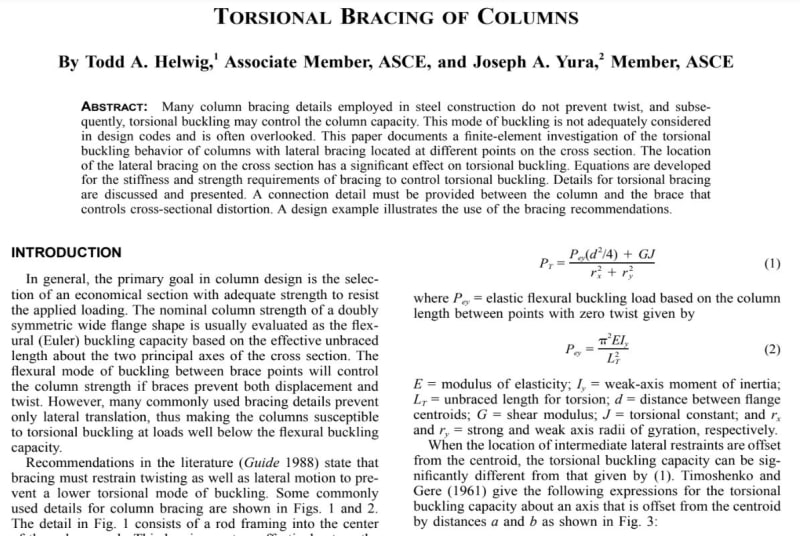Hi,
I am trying to figure out torsional rigidity for the below connection type. Where can I find reference for calculating torsional rigidity for such a connection?
I am trying to decipher the requirement in AISC for seismic connection. This below connection is recommended in AISC more for a beam which has a diaphragm. When there is no diaphragm at the beam level the connection must meet torsional rigidity requirement. Trying to understand if I can still meet torsional rigidity with such a connection.
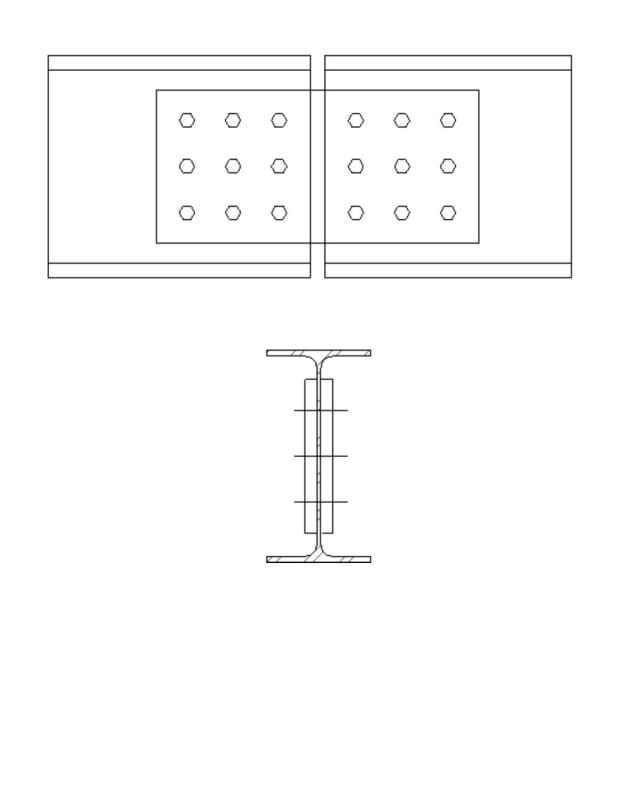
I am trying to figure out torsional rigidity for the below connection type. Where can I find reference for calculating torsional rigidity for such a connection?
I am trying to decipher the requirement in AISC for seismic connection. This below connection is recommended in AISC more for a beam which has a diaphragm. When there is no diaphragm at the beam level the connection must meet torsional rigidity requirement. Trying to understand if I can still meet torsional rigidity with such a connection.


